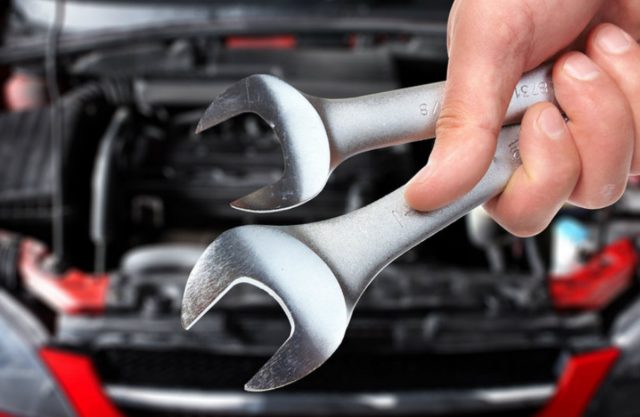
A car provides a lot more convenience to passengers compared to the public means of transport. It makes it easy for a person to travel without worrying about the hassles involved in using public transport, such as keeping up with time schedules or missing a bus or train altogether.
If you drive your own car, you should always keep it in good condition for the benefit and safety of you, your passengers, and other road users. In addition to that, you need to have the basic car maintenance knowledge to prolong your vehicle’s life, avoid the embarrassment of a car breakdown, and reduce unnecessary costs.
Every driver should know and be able to carry out basic car maintenance shared through these tips:
1. Check And Maintain Tire Pressure
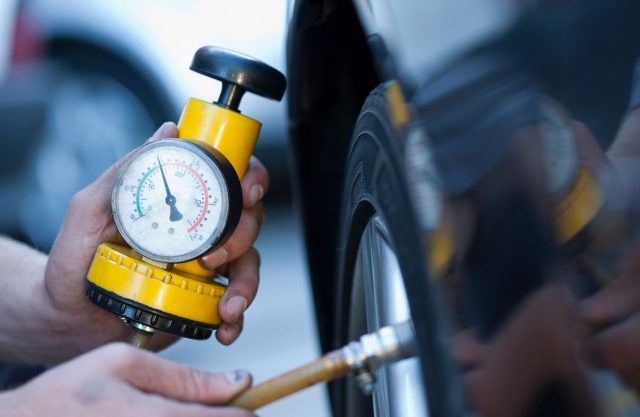
Checking tire pressure is a basic and essential tip for car maintenance. A car’s tire pressure must be kept within the recommended range of pounds per square inch (PSI) to minimize the chances of a flat or overinflated tire and to slow down the effects of wear and tear. Also, it helps maintain a normal fuel consumption because incorrectly inflated tires cause an increase in your car’s fuel consumption. This incurs additional and unplanned expenses for you.
Develop and maintain a regular habit of checking and keeping your wheels’ tire pressure within their correct limits, which you can do by first investing in a pressure gauge. It’s easy to know when the tire pressure is low if your vehicle has a sensor to alert you whenever your wheels need more pressure. But you can also determine this right away if you notice that your tire is flat on the ground. Furthermore, if maneuvering the steering wheel requires more effort than usual, make sure to stop by the nearest gasoline station to add more pressure to your tires. Maintaining the overall health of your tires will prevent you from experiencing road safety hazards, especially tire blowout accidents.
2. Know How To Change A Flat Tire
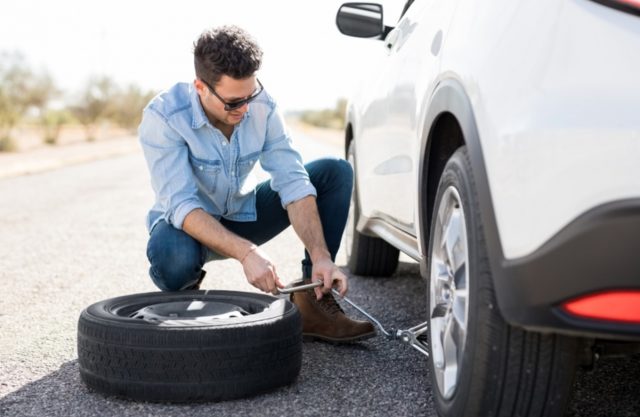
Changing a flat tire is a maintenance skill and a must-know for every driver. While you may ask for help from other drivers or call for roadside assistance, knowing how to change a flat tire will save you time and money. This is also why you should always have a fully inflated spare tire, jack, and a lug wrench in your boot. Below are the steps you need to follow when changing a flat tire:
- Park the car on the side of the road and ensure to apply wheel wedges to keep the car from rolling away
- Loosen the lug nuts
- Raise the car at the sight of the flat tire
- Loosen the lug nuts, remove the flat tire, and replace it with the spare tire
- Lower the car while ensuring the lug nuts are properly and tightly placed.
When changing tires, keep in mind that it’s best to get a spare tire from your vehicle manufacturer’s authorized care center as much as possible.
3. Clean And Replace The Air Filter
Air filters may be one of the bases for a car’s general health and they need regular checks and changes if you’re keen on maintaining your car’s performance. They filter out dust particles from the engine, fuel lines, and radiator. If not regularly checked and replaced, a car’s performance will be adversely affected, possibly damaging your engine as well. That’s why it’s advisable to maintain a regular service schedule to have a thorough check on the entire condition of your vehicle, including the air filter.
Generally, air filters are cheap and easy to replace. You won’t need extensive mechanical knowledge to clean or replace them. All you need to do is:
- Pop the hood open
- Find the air filter unit—it’s normally located in a box beside the engine with a characteristic black hose protruding on its side
- Remove its cover, take out the filter, and replace it with a new one, as well as the cover
- If you find the filter is still good for use, all you need to do is clean it instead of making a replacement
4. Check And Change Your Car’s Oil Regularly
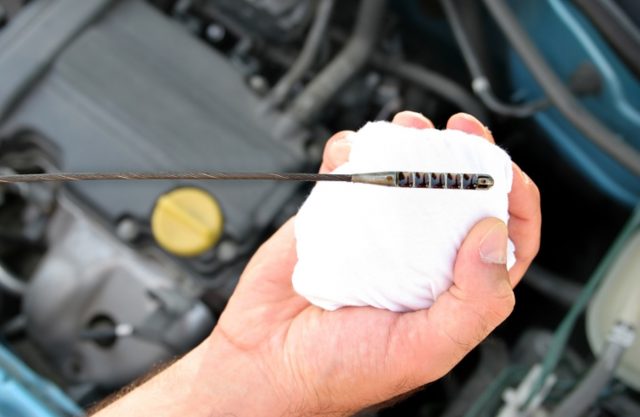
Every driver should know how to check a car’s oil level and how to change the oil whenever the need arises. Ideally, you should change your car’s oil every 5,000 or 7,500 miles or twice a year. This is key to ensuring the smooth function of your car’s engine. Checking the oil on your own is easy if you follow the steps below:
- While your car is on flat ground, pull out the oil dipstick and clean it
- Push it back inside as far as it can go and once it reaches the surface underneath, pull it back to see oil level If you find the level between the two markings on the dipstick, your oil level is good. If it’s below the markings, you need to add oil.
There are times your car might also need a complete oil change. If the oil is gritty on black, the engine is particularly loud, or there’s persistent lighting of the engine light then it’s time for an oil change. You should be sure of which type of oil is best for your car by considering the oil’s thickness, car’s mileage, and whether to get synthetic or non-synthetic oils. The car owner’s manual usually has this particular information.
5. Maintain The Battery
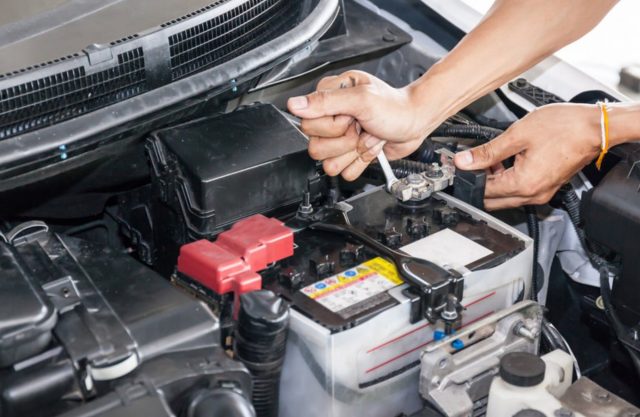
It’s essential to check your car battery regularly to ensure its optimal condition at all times. Once you determine its condition, you’ll be able to take action to solve the issue. Below are some tips to help you keep the battery running well:
- Check the acid level every six months while also keeping an eye out for acid stratification, which occurs over time when a battery doesn’t fully charge.
- Clean the battery from any dirt on its top and at the terminals using a damp cloth without letting any fluid through the battery ports.
- Ensure that the cables are tightly secured.
- Avoid keeping your car on for too long without driving because the battery gets drained.
- Keep your battery warm during cold seasons by using an engine or battery heater.
Normally, a car battery has a relatively long life but it needs changing every three or four years. It’s also good to know how to replace it on your own. If you’re stuck in a place where you can’t do a battery change right away, it’s important to know how to jump-start your car battery. This is a method of starting your car engine by attaching jumper cables from your car’s dead battery to another car’s functional battery to recharge it.
Final Thoughts
Mentioned above are only some of the essential tips for car maintenance. Always ensure that any DIY maintenance jobs are properly done to avoid any damage to your car. Other essential car maintenance tips include cleaning your car regularly to keep its exterior looking good and checking the lights at least once a week to ensure they’re working properly. Also, see to it that you don’t miss any scheduled car maintenance service. When replacing auto parts, double-check for quality so you can rest assured that your car will run well after and have an extended life. Each part of a car requires a regular maintenance check to ensure that you get its optimum performance.














